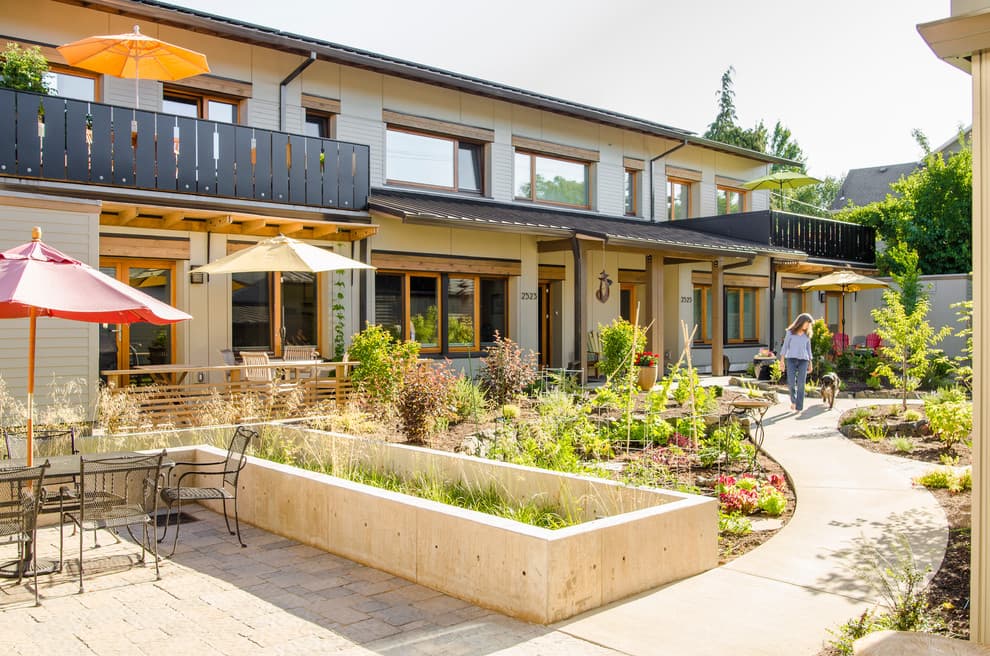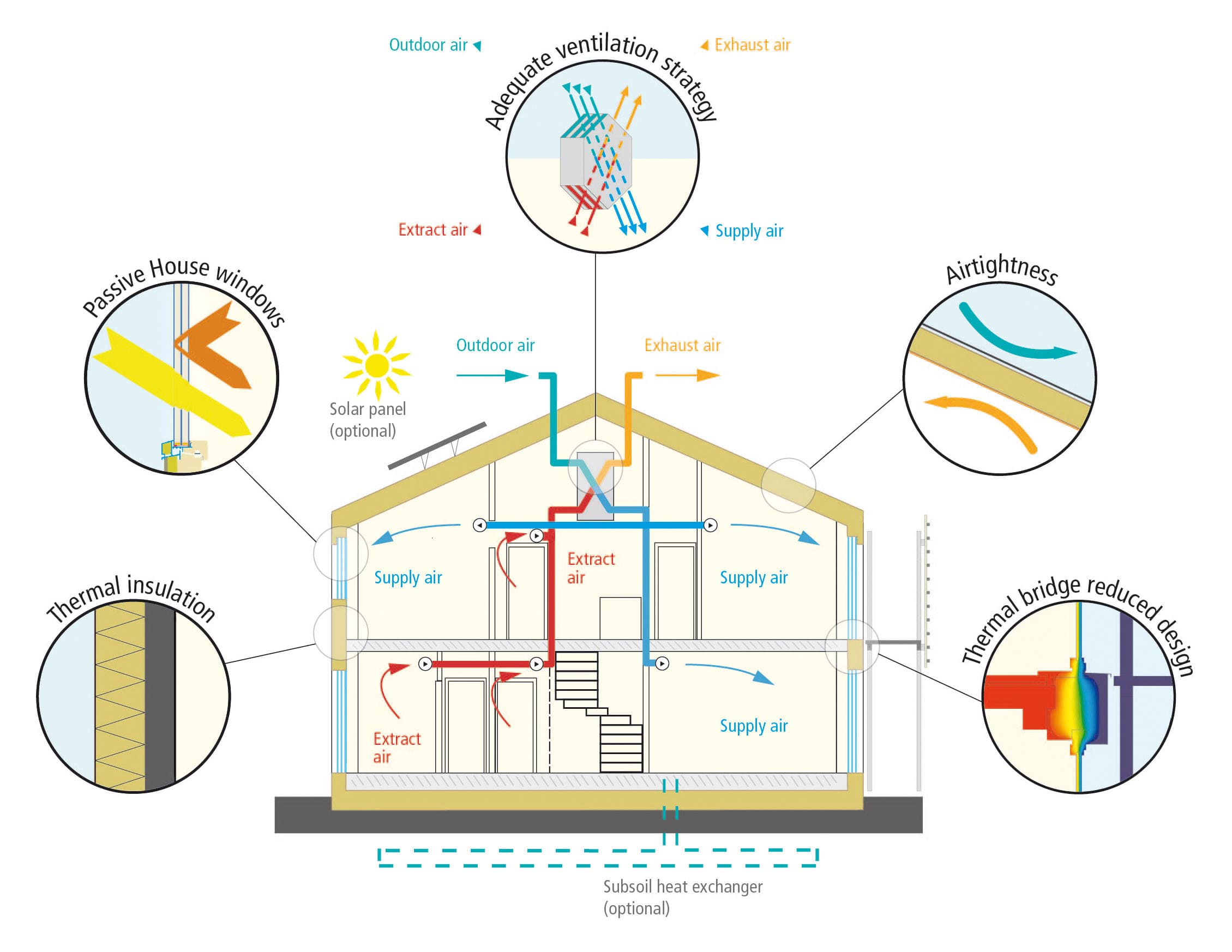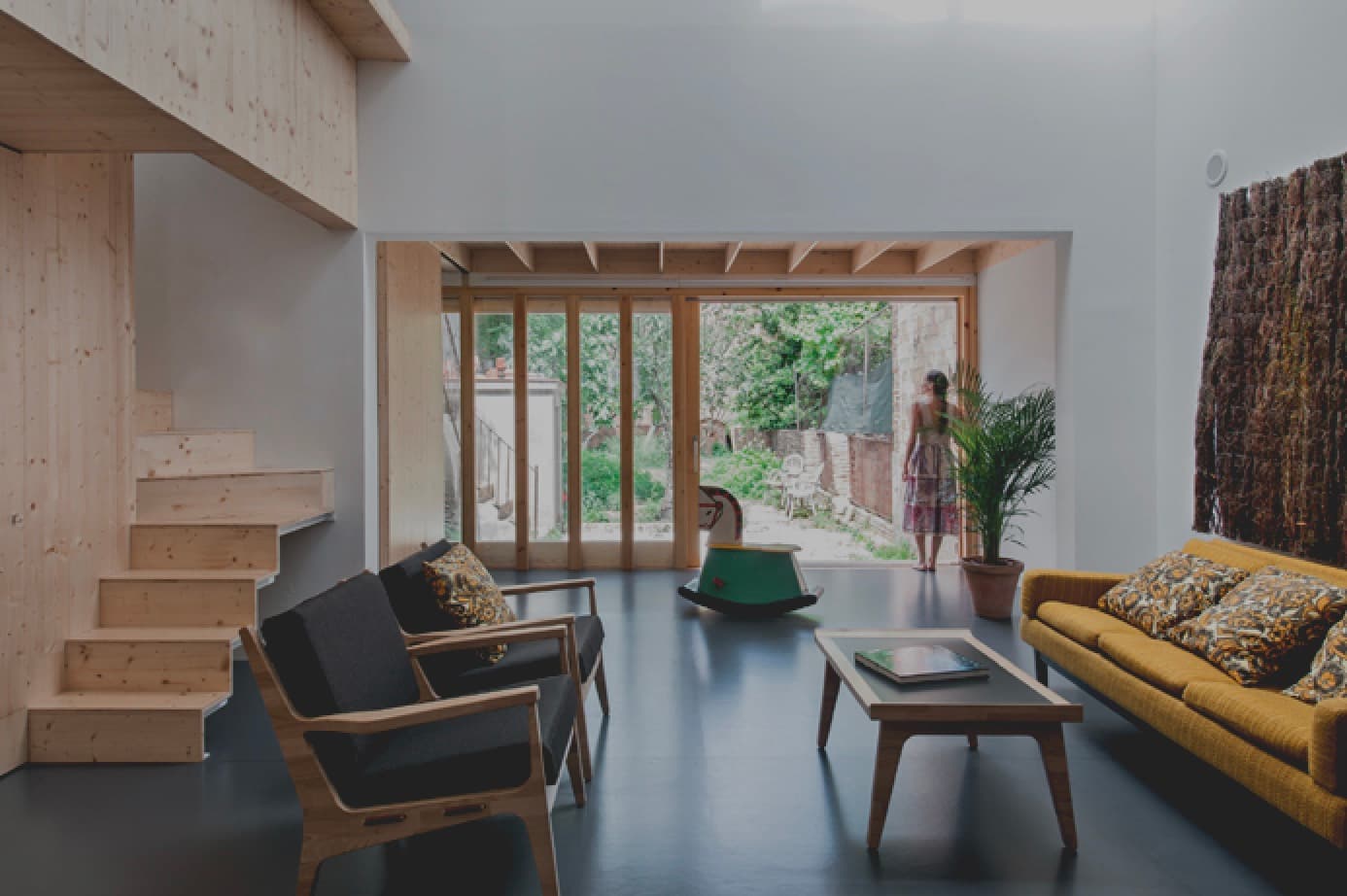
Passive House—known in German as Passivhaus—represents a revolutionary approach to building design that champions extreme energy efficiency without compromising on comfort. Rather than relying solely on passive solar gains, the PH methodology weaves together advanced building physics, superinsulation, and airtight construction to create structures that remain cozy year-round with minimal energy input.
A Brief History and Evolution
The journey began in 1990 with an innovative prototype in Darmstadt, Germany—not a single home, but a series of four row houses. Pioneered by Dr. Wolfgang Feist and Professor Bo Adamson, these early projects shattered the notion that ultra-low-energy buildings were merely theoretical. Even after 25 years, the original row houses continue to perform in line with their impressive energy forecasts, demonstrating a maximum heat load of just 10 W/m². This milestone paved the way for the creation of the Passivhaus Institut (PHI) in 1996, which now leads research and certification efforts for PH buildings worldwide.
Core Principles of Passive House Design
At its heart, the Passive House standard is about precision. By employing meticulous energy modeling (using tools like the Passive House Planning Package, or PHPP), designers achieve remarkable energy savings—up to an 80% reduction compared to conventional buildings. The approach focuses on:
- Superinsulation: Creating robust thermal envelopes that dramatically reduce heat loss.
- Airtightness: Minimizing air leakage to maintain consistent indoor climates.
- Optimized Ventilation: Ensuring superior indoor air quality while reclaiming energy through heat recovery systems.
- Renewable Integration: Enabling on-site net-zero energy production through efficient renewable energy solutions.
Global Reach and Adaptation
What began in Germany has now spread across continents. From Europe to Asia, North America, and South America, the Passive House concept has been adapted to suit diverse climates—from the humid subtropics of Tokyo to the arid regions of Las Vegas. Projects like Heidelberg’s Bahnstadt district showcase how entire communities can be transformed under strict PH standards, delivering comfortable, low-energy living environments for thousands.
In regions like the United States and Sweden, local adaptations have emerged. For instance, the Passive House Institute U.S. (PHIUS) and the Swedish Centre for Zero Energy have refined the PH standard to address local climate nuances, proving that flexibility and innovation are key to successful implementation.
Benefits Beyond Energy Savings
The advantages of Passive House design extend far beyond reduced energy bills. Occupants enjoy enhanced comfort with a stable indoor climate, superior air quality, and an environment that promotes better health and increased productivity. Moreover, as the building sector seeks pathways to decarbonize, Passive House projects serve as beacons of sustainability—demonstrating that high performance and environmental stewardship can go hand in hand.
Looking to the Future
The evolution of Passive House design continues with exciting developments such as the introduction of the “Passive House Plus” and “Passive House Premium” labels. These new classifications not only consider energy efficiency but also account for renewable energy generation, pushing buildings toward an energy surplus. As the global community strives for a sustainable energy transition, Passive House stands at the forefront—offering a proven, scalable pathway to net-zero energy buildings.
In embracing the Passive House philosophy, architects and developers worldwide are not just constructing buildings; they are crafting resilient, sustainable habitats that address both the climate crisis and the demand for comfortable living. The future of building design is here, and it is refreshingly energy-smart.

Ankeny Row: Cohousing for Seasoned Folks in Portland
How a group of baby boomers created a Passive House cohousing community in Portland, Oregon, that addresses both environmental sustainability and the social needs of aging in place.

Evolving Passive House Standards: Adapting to Climate and Context
Explore the evolution of Passive House standards from the original 'Classic' model to climate-specific certifications like PHIUS and EnerPHit, reflecting a growing need for flexibility and global applicability.

Applying Passive House Principles in Different Climates
Discover how Passive House principles can be successfully adapted to diverse climates worldwide, with real-world examples and practical solutions for maintaining comfort and efficiency in any environment.